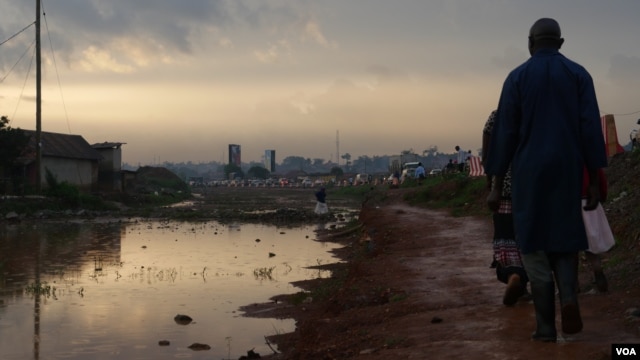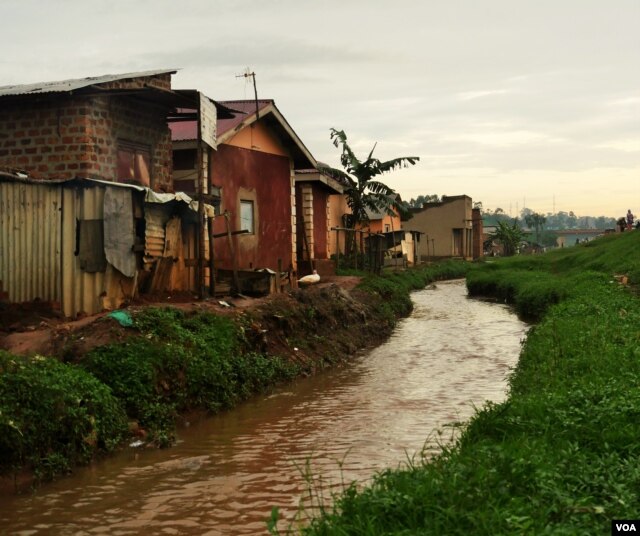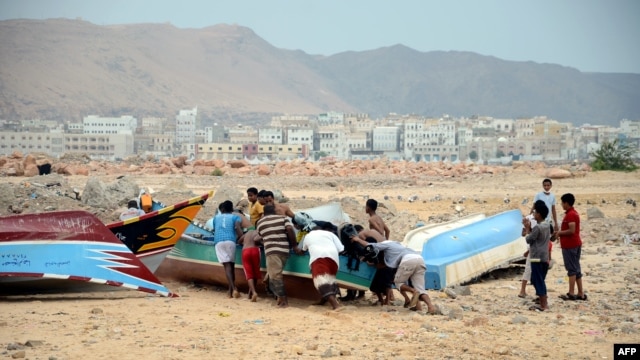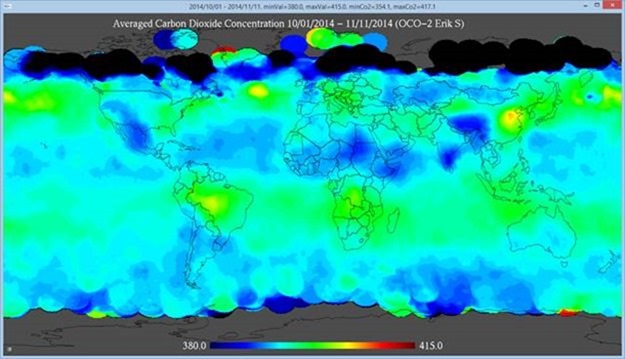skookerasbil
Platinum Member
Help on the way apparently due to an emerging El Nino.....warmer Pacific water will bring some nice temperatures to weather weary Americans soon >>>
Here comes El Nino; good news for US weather woes
If the El Nino is strong, could have some nice hot temperatures this summer!!!
 WIN......goodbye to freezing our asses off!!! I was waiting for the AGW k00ks to start telling us that the Polar Vortex would be dropping in this July due to global warming so this is good news.......you know, you never can know what kind of bogus narrative these shitheads will hit us with next!!
WIN......goodbye to freezing our asses off!!! I was waiting for the AGW k00ks to start telling us that the Polar Vortex would be dropping in this July due to global warming so this is good news.......you know, you never can know what kind of bogus narrative these shitheads will hit us with next!!
Here comes El Nino; good news for US weather woes
If the El Nino is strong, could have some nice hot temperatures this summer!!!
Last edited:




